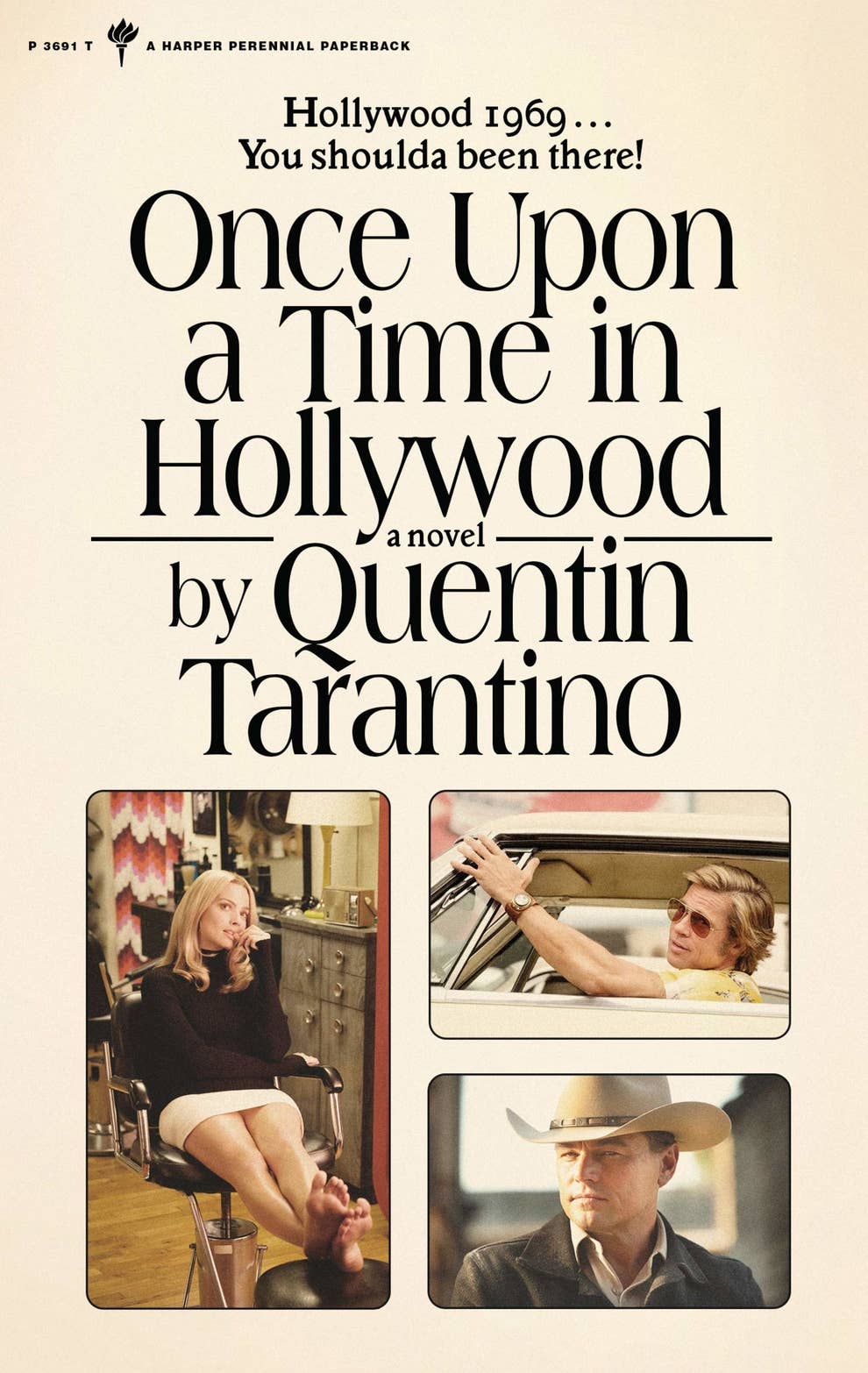The changes made are enough to make it a worthwhile read. Some of them are an answer to criticisms made of the film, namely the Bruce Lee scene and the depiction of Sharon Tate. Tarantino shows the inner lives of Tate and Lee, making them both more three-dimensional than their portrayals in the film. Other changes include a less central Charles Manson, new scenes with fan-favourite characters, and commentaries on number of 50s and 60s films. It all serves to create a fresh experience that needed to be a book to work.
The prose is workmanlike, functional rather than stylish, serving to convey the story as straightforwardly as possible. That’s not to say it’s poorly written; Tarantino can carry off a sentence as well as anyone, having cut his novelistic teeth on screenwriting. Rather, it’s designed to fade into the background so the reader can focus on what’s being conveyed. It’s a choice that works, and suits the story being told.
Tarantino has talked about how he wanted to use all the extra material he came up with for Once Upon a Time in Hollywood that didn’t make it into the film. He’s also said how novelisations were the first adult books he read, and wanted to write one of his own. The book succeeds on both these fronts. It does a lot that wouldn’t be possible in a film, and showcases Tarantino’s fascination with the minutiae of film history. My favourite thing about the book is that he included his real life stepfather, Curtis Zastoupil, as a character. There’s a moment late in the book where Rick Dalton is in a bar where Zastoupil is playing the piano, and Zastoupil gets up and asks Dalton for an autograph for his son, Quentin. It’s a nice moment that connects his love for his stepfather with his love of the movies, and makes the book just as personal as the film.
Review by Charlie Alcock

 RSS Feed
RSS Feed
